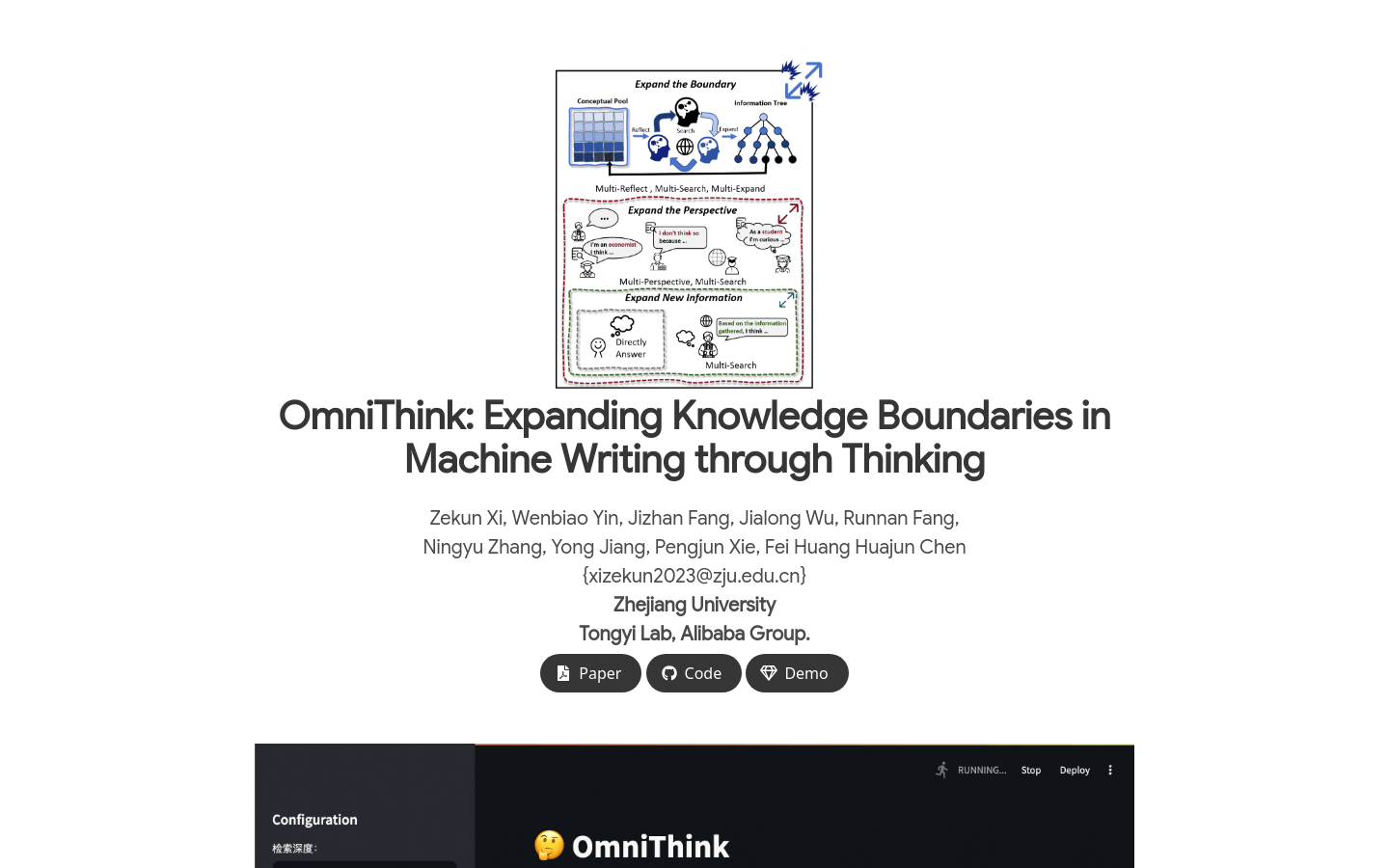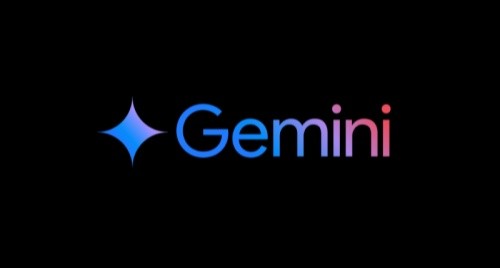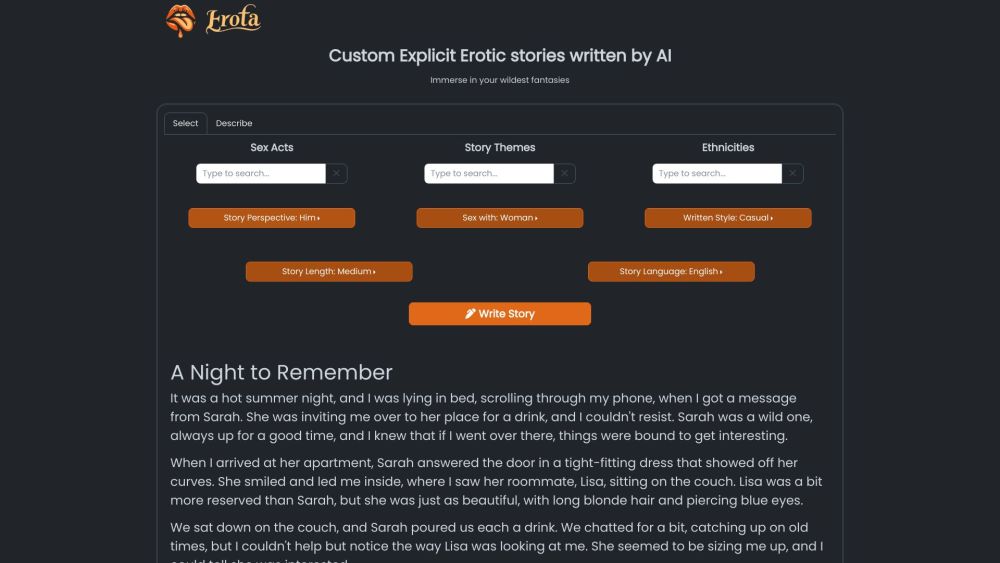
OmniThink : an innovative machine writing framework
OmniThink is an innovative machine writing framework that aims to improve the knowledge density and quality of generated articles by simulating the human thinking process. It uses knowledge density indicators to measure the uniqueness and depth of content, and organizes knowledge in structured ways such as information trees and concept pools to efficiently generate high-quality long texts.
The core advantage is to effectively reduce redundant information and improve the depth and novelty of the content. It is especially suitable for scenarios that require high-quality long text.
target users
OmniThink is suitable for users who require high-quality long text, such as academic researchers, content creators, journalists, and educators, etc. It can help users quickly generate articles with both depth and breadth, and improve creative efficiency.
Usage scenarios
Academic Writing: Assist researchers to quickly generate high-quality academic papers
News coverage: Provide reporters with in-depth and comprehensive press releases
Educational content creation: Generating instructional materials and course syllabi for educators
Product features
Knowledge Density Metric: Measuring Content Uniqueness and Depth
Information trees and concept pools: implementing structured knowledge management
Iterative expansion and reflection: Modeling how humans learn and think
Multi-language model support: improving the diversity of generated content
Long text optimization: reduce redundancy and improve knowledge transfer efficiency
Experimental verification: prove its advantages in knowledge density and novelty
Human evaluation: Verify the high quality and usefulness of generated content
Online demo: Convenient user experience
Tutorial
Visit the OmniThink online demo page to learn about its capabilities. Choose an appropriate language model and adjust parameters according to needs. Enter a topic or keyword to start information tree and concept pool construction. Generate a knowledge framework through iterative expansion and reflection. Write long texts based on the framework and evaluate the quality using knowledge density metrics. Adjust model parameters as needed to optimize the generated results.







